Last updated on February 1st, 2023 at 10:02 am
What is tarantula molting – and what is it for? Molting is linked to growth in tarantulas, and a perfectly natural part of their lifecycle. Keep reading to find out more…
Tarantulas molt several times a year until they reach full size. Afterwards, males may only molt once as adults, but females will molt at least once a year for their whole lives. Molting is a natural process, and nothing to worry about. Just make sure your pet has adequate humidity and is left in peace.
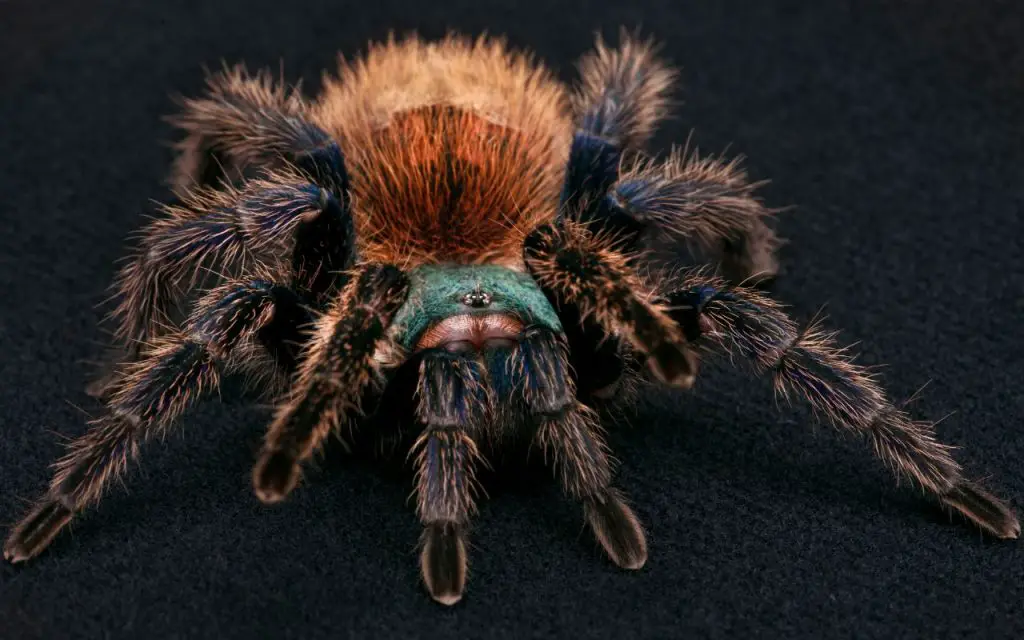
How often do tarantulas molt?
There are several factors that can affect the frequency of molting in tarantulas. These factors include age, sex, and species. Young tarantulas can molt as little as once a month, while older spiders can molt between twice a year and once every two years. Molting is a natural process.
Tarantulas will sometimes also molt as a response to injury or infection. The shedding of their exoskeleton helps them heal after trauma of most kinds. It also helps them adapt to their surroundings. In addition, molting allows tarantulas to shed old tissue.
Some of the tell-tale signs of molting are changes in appetite and coloration. Tarantulas that are about to molt will move very slowly and have dull colors. They may also lay down a silk mat on their substrate, which is another sign of impending molting.

How do I know if my tarantula is molting?
Tarantulas molt as a natural part of their life cycle. It is important to know how to care for your tarantula during the molting process.
During the molting process, your tarantula is vulnerable to handling and touch. Therefore, it is important to be patient and not pick it up until it has completely shed its exoskeleton.
A tarantula’s molt can last anywhere from five to seven days. During this time, your tarantula should have plenty of fresh water available, both in a dish and sprayed on their substrate.
When a tarantula molts, you should notice a gradual decrease in its feeding habits. In most cases, tarantulas will stop eating completely or eat less often than normal. However, it may stop eating altogether for several days or even weeks.
If you see your tarantula on its side or back, it is most likely molting. This process usually takes several hours, and you should check your tarantula’s appearance regularly. You can also check on your pet’s health by checking with your vet or exotic pet specialist.
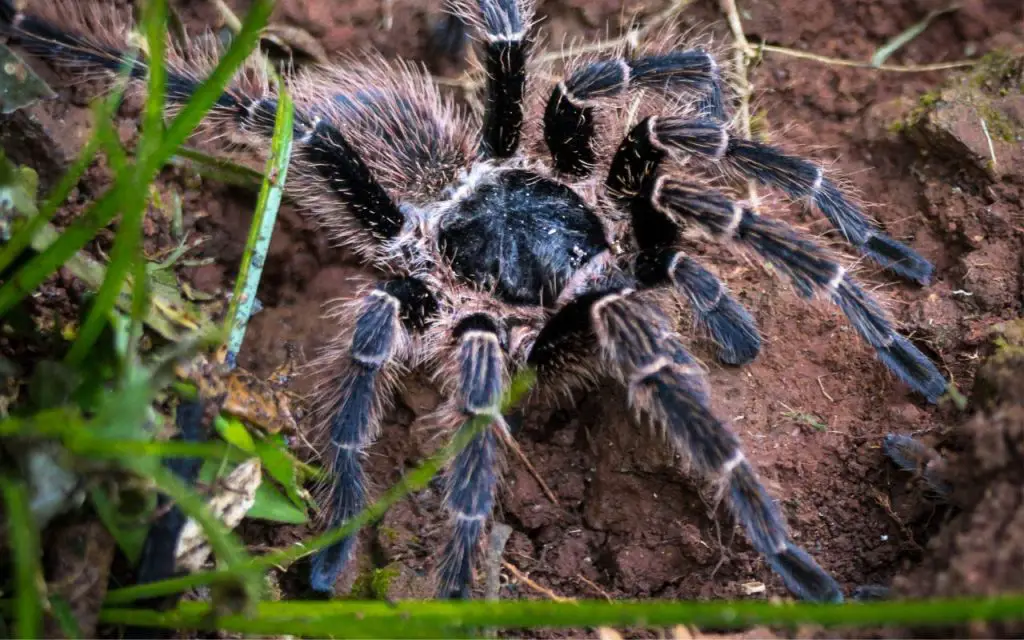
Signs of a tarantula preparing to molt include:
- reduced activity
- dull coloration
- reduced or stopped feeding
- hiding more
- laying down silk mat on top of substrate
Signs of a tarantula molting include:
- laying on its side
- laying on its back
- being immobile and unresponsive for hours
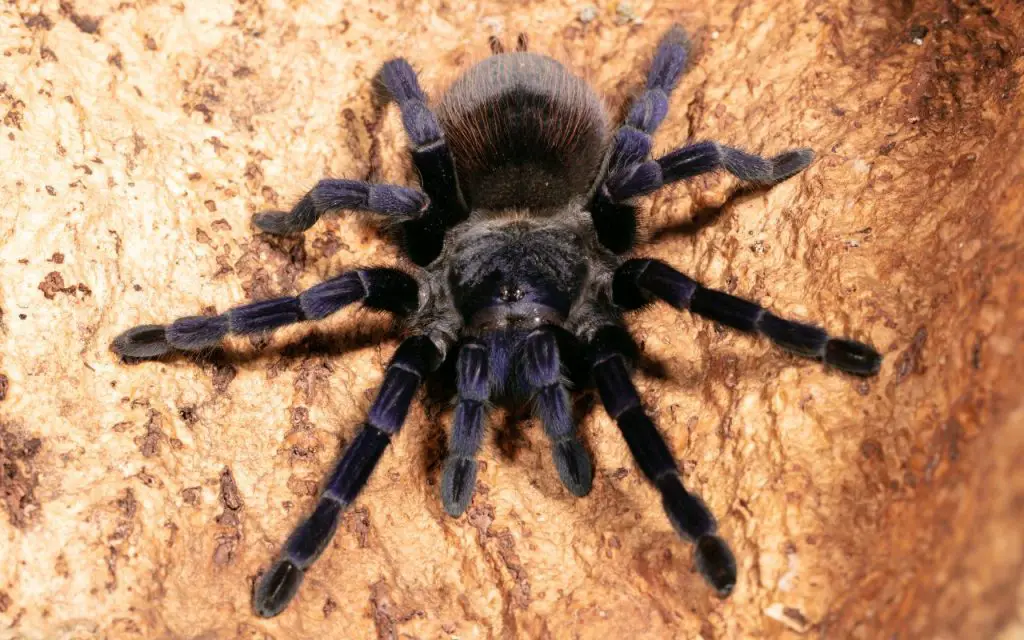
How long does it take for a tarantula to molt?
The molting process occurs in two parts: the pre-molt period and the post-molt period. The pre-molt phase can last several days to a few weeks, depending on the tarantula’s size and the species it belongs to. During this time, the tarantula will stop eating for a few days and will firm up on its back.
If you notice that your tarantula keeps flipping over on its back repeatedly, it’s likely that something is wrong. This could mean that the spider isn’t ready to molt. It may also be weak or dehydrated, which can prevent the tarantula from popping the carapace. This often occurs with the use of heat lamps.
Tarantulas molt to replace their exoskeletons. The inner layer of the exoskeleton breaks down and releases nutrients for the spider to grow new exoskeletons.
The outer layer of the exoskeleton remains to protect the spider and keep it from getting injured. When a tarantula molts, it is extremely vulnerable to external forces, so it is important to protect your tarantula when it is molting.
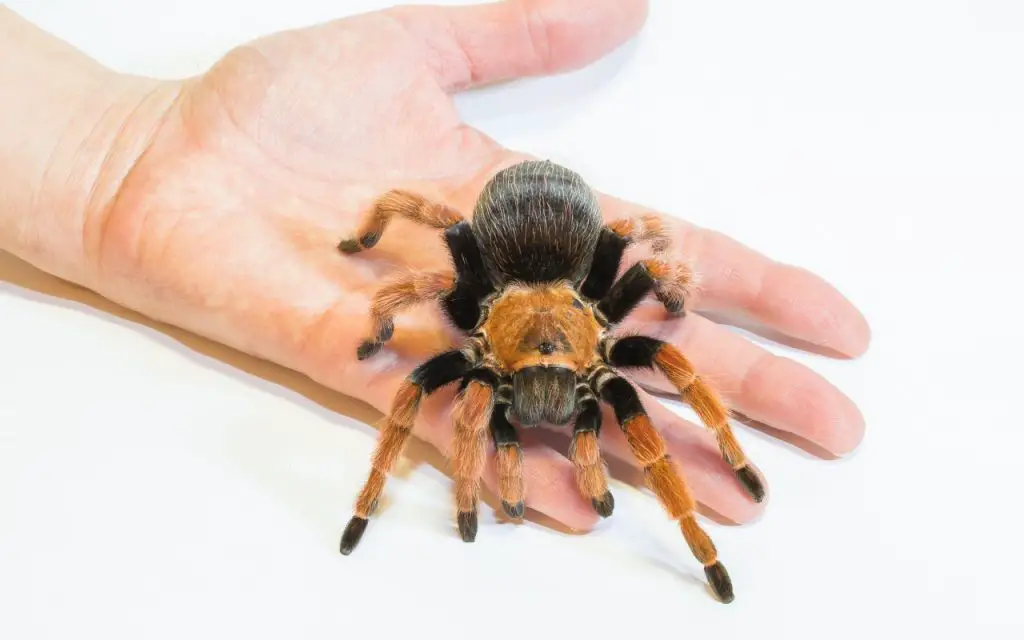
Bad molt tarantula
If your tarantula has just undergone a molt, you may have noticed a dark patch on the abdomen. This is a sign of a bad molt. The tarantula is not eating or moving as it should. It will also become sluggish.
To avoid this, you should avoid interfering with the tarantula’s molting process. The active molting process should take around 12 hours. A tarantula should never be handled during this process. Even if it looks dead, it will start moving again sooner or later.
A tarantula can recover from a mild hydration problem by having a water source near its mouth. A mild dehydration will usually recover within 24 hours, but it can take a couple of days to fully recover. It is important to monitor your tarantula’s health every day. Make sure you provide enough water to keep it healthy.
Tarantulas are not known to bite humans or pets, but they can inflict pain without even biting. Their urticating hairs are located on their abdomens and are a natural defense against predators.
These hairs are extremely irritating and can get into a person’s eyes, face, or mucous membranes. Though keepers find most tarantulas to be less active before a molt, some may be irritable, making them more likely to use these hairs.
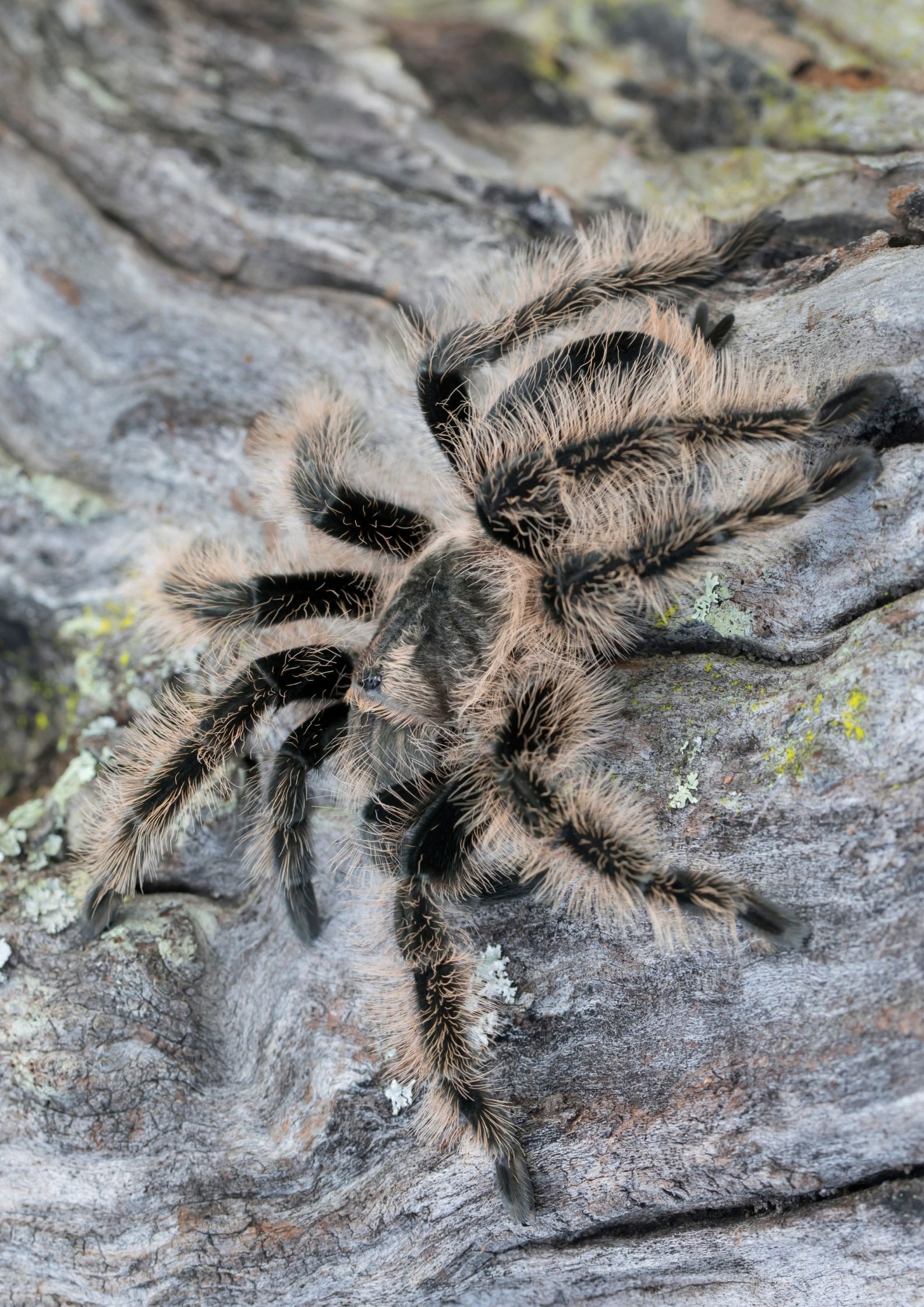
Tarantula molting or dead
A tarantula is very lethargic during molting and will stay in this state for as long as two or three days before it emerges from its exoskeleton. During this time, the tarantula will refuse to eat and perform yoga-like stretching exercises to grow its new skin.
The molted tarantula will have a paler appearance and white fangs. The colors will also be more vibrant.
The average life span of a tarantula is fifteen to twenty-five years, but some have lived much longer – one tarantula lived 43 years! There are several signs to look for that will tell you whether your tarantula is molting or dead.
If it seems stiff and can’t move, it may be dying. You can also look for a shrivelled abdomen or a dark spot on its body.
If you notice that your tarantula is having trouble molting and acting dead, you should take immediate action. However, often, this is not enough.
Some experts suggest that you place the dying tarantula in a tarantula ICU, which is a moist enclosure with high humidity. The purpose of the ICU is to restore the health of the tarantula.
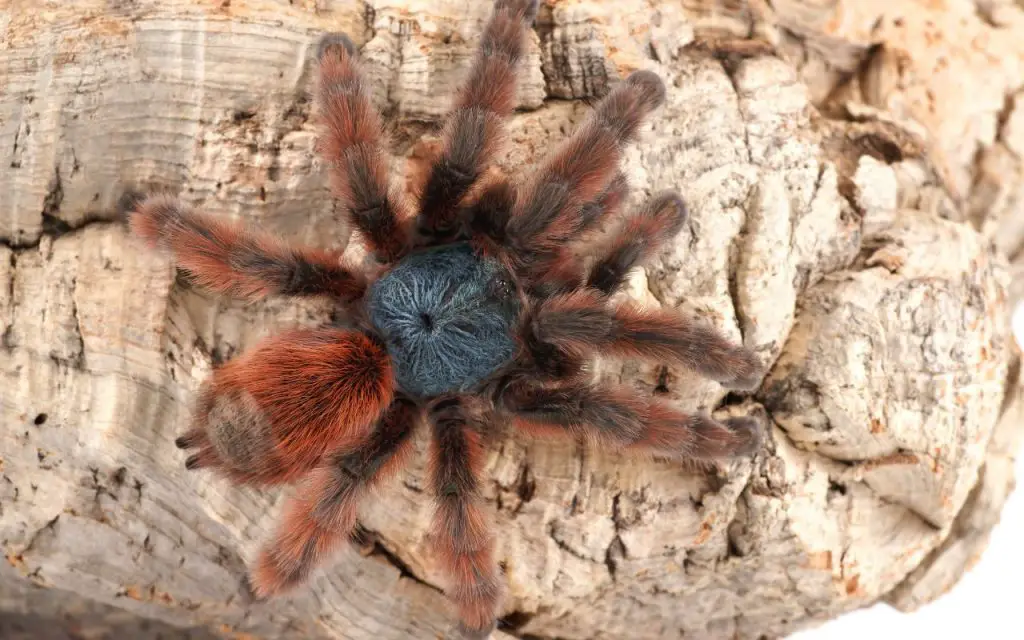
Tarantula molting time-lapse
This time-lapse shows the process of tarantula molting. This is a process where the tarantula sheds its old skin to become bigger and stronger. It also allows the tarantula to repair damage and become sexually mature.
The molting process is an essential part of the lifecycle of tarantulas. The Mexican red-kneed tarantula is one example. This spider lives in the scrublands and deserts of Mexico.
Molting occurs when the exoskeleton is stretched and breaks through weak spots. The process takes several hours to complete.
The process of molting can take up to 12 hours. It’s important not to rush the process of molting. Sometimes, the old skin will not fall off. In this case, you should try using a paintbrush to remove the dead skin or spraying tepid water. This shouldn’t cause any serious damage to the tarantula.
The process of molting is very slow, with the tarantula struggling to push out the new body. The whole process can take anywhere from fifteen minutes to an entire day.
Most tarantulas moult while lying on their back, but some species can moult on their sides. During their moulting process, they also replace internal organs and regrow appendages that were lost during the old phase.
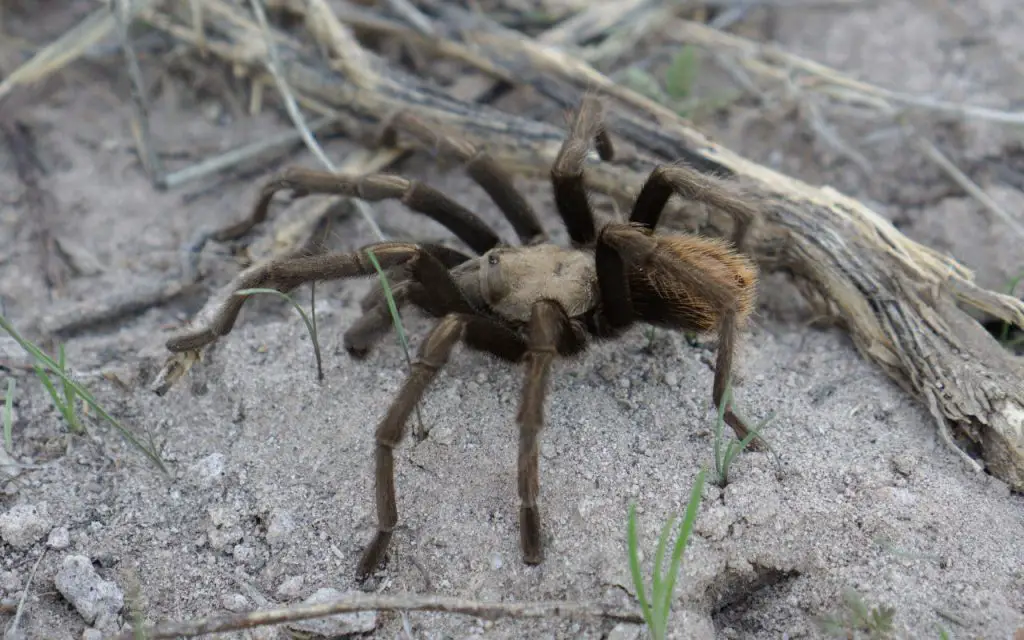
Tarantula molting death
When a tarantula is molting, it is the most vulnerable time for the animal. The exoskeleton, or exoskeletons, expands, and the mouth, pharynx, and stomach linings are exposed.
The soft, new exoskeleton takes up more room and requires more air. During this time, it is highly vulnerable to injury. When the process is over, the new exoskeleton becomes hard. The process can take anywhere from 15 minutes to a day.
If you notice that your tarantula is in a strange position, you may be seeing the animal trying to stretch its new outer layer. While this can make the spider look unwell, it is not a sign that the tarantula is dead. In fact, it may just be adjusting to its new skin.
The best way to prevent a tarantula molting death is to keep an eye on your tarantula during its molting period. Molting is a time when the tarantula is most vulnerable to outside pressure. It is also the time when tarantulas tend to shed most of their old skin, so it is important to monitor your T at all times and maintain great humidity.
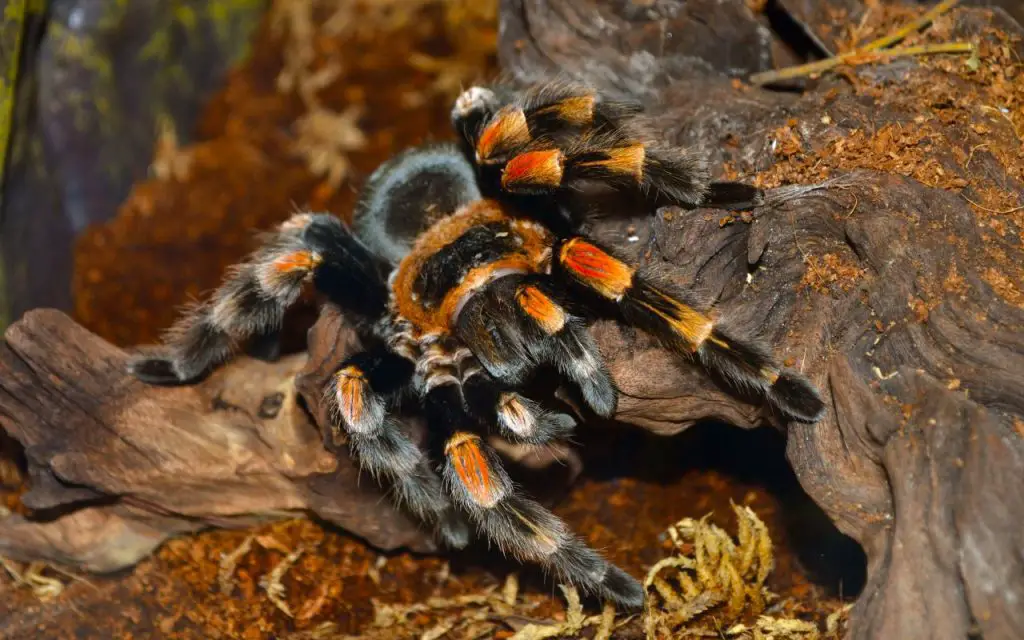
Does molting hurt tarantulas?
If you are worried about the molting process in your tarantula, don’t be. It is perfectly normal for your tarantula to shed its skin, but this isn’t a sign that it is hurting your pet.
Tarantulas shed their skin in hiding to protect themselves from predators which makes it hard to observe, but you shouldn’t interfere with the molting process.
A terrarium or aquarium with a proper temperature range and good humidity is the ideal environment for your tarantula. It’s best to keep your tarantula in a room that is at least twenty-two degrees Celsius.
If you can, choose a centrally-heated room. This way, you won’t have to worry about a sudden drop in temperature, especially in winter.
If you see that your tarantula is struggling to molt, you can help it along by gently brushing its legs. You can also use a wet paintbrush to separate the old shell from the new skin. However, it’s best to do this only when you notice that your tarantula is having major trouble molting.
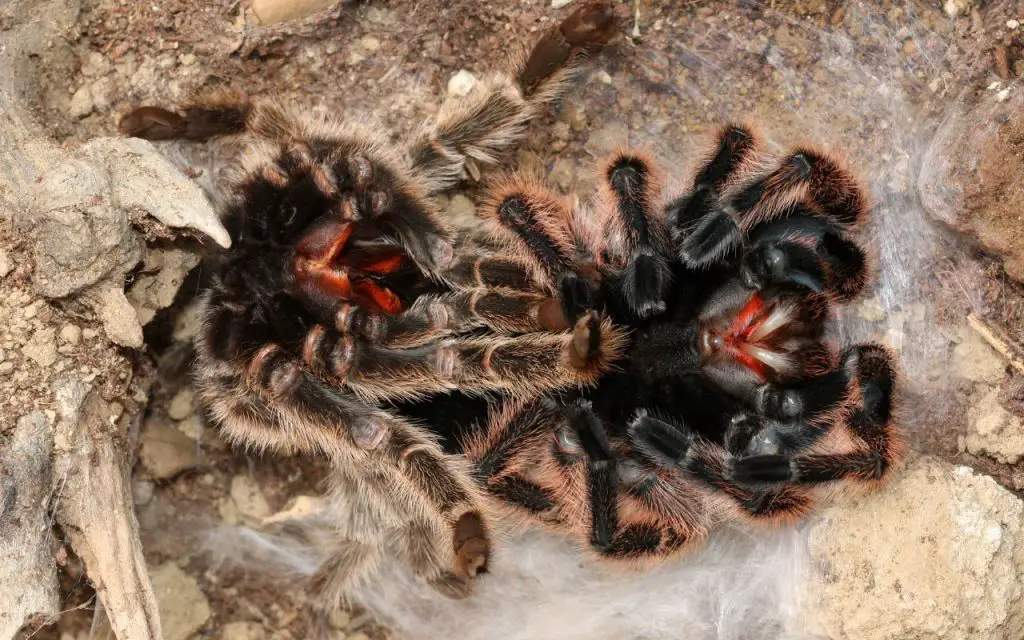






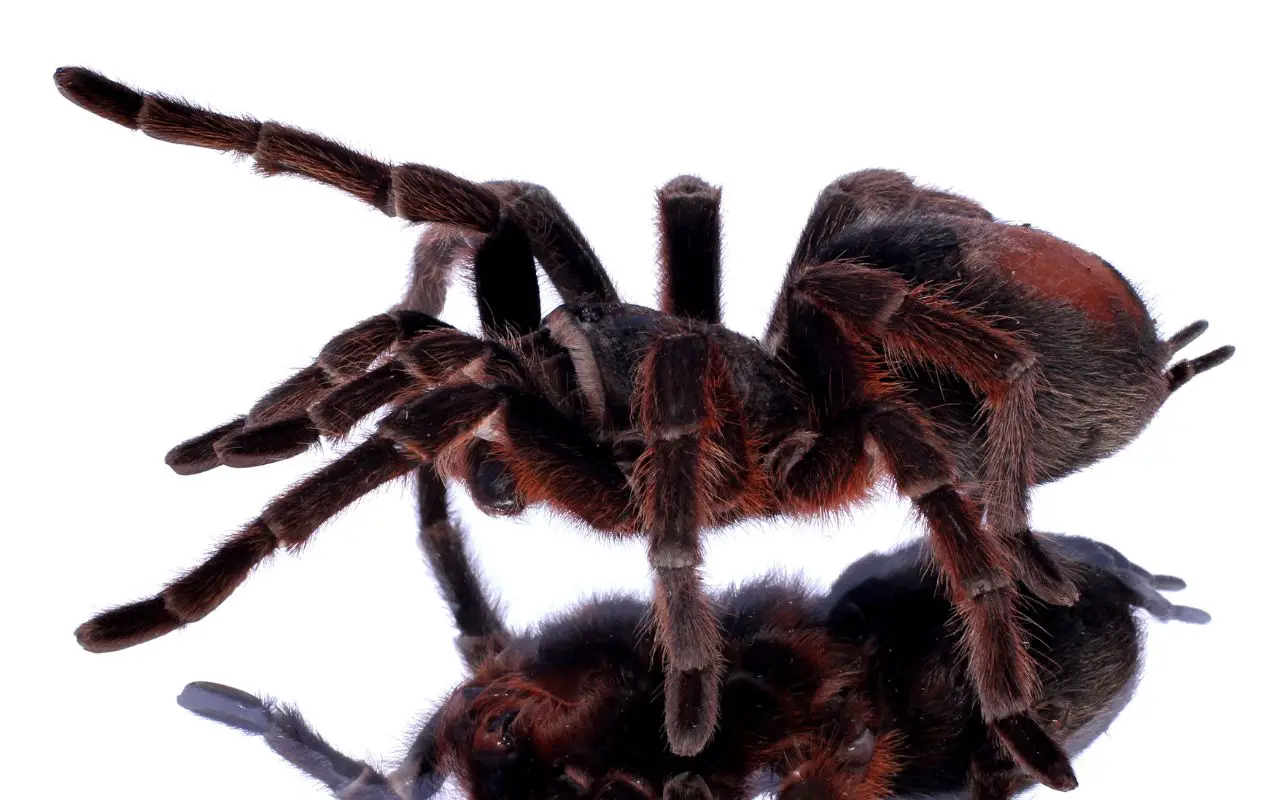
KMSPico Download https://kekradiologia.com.br/baixar-kmspico
Your comment is awaiting moderation.